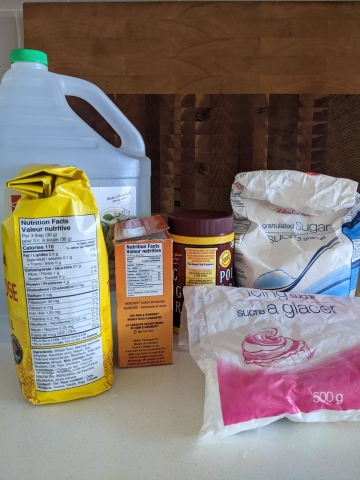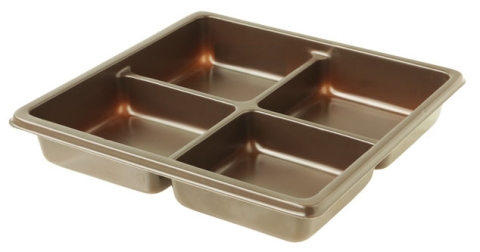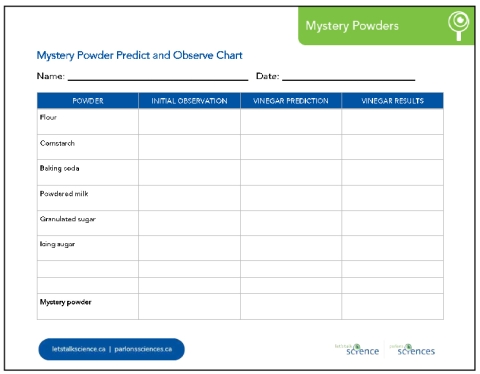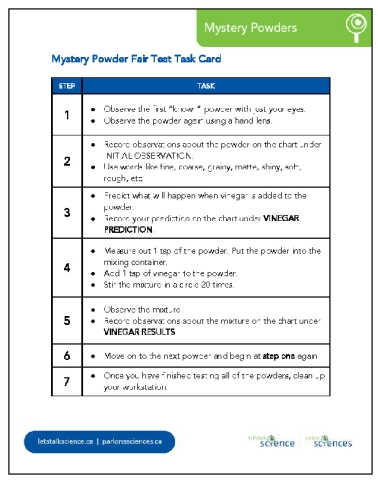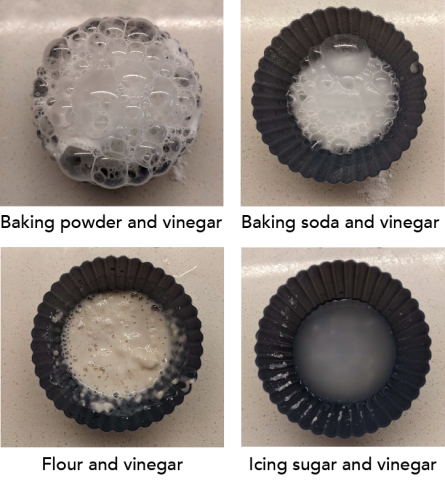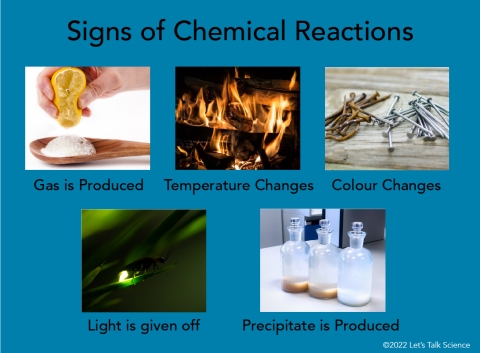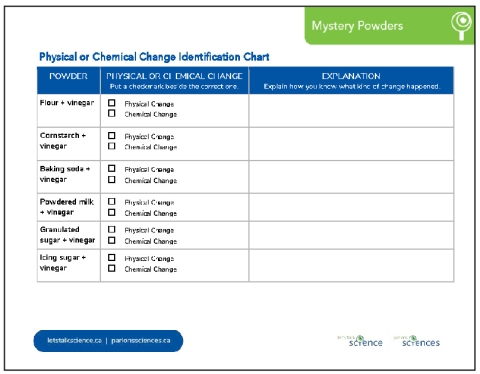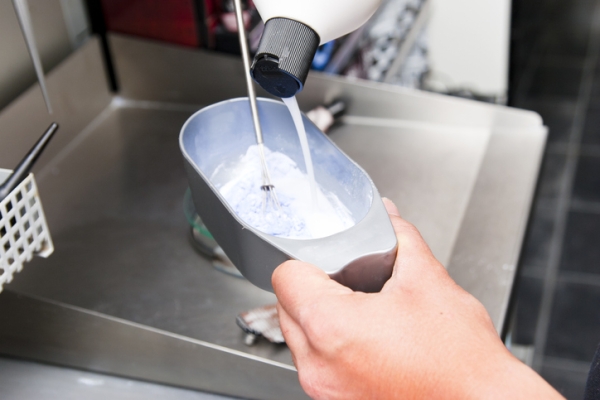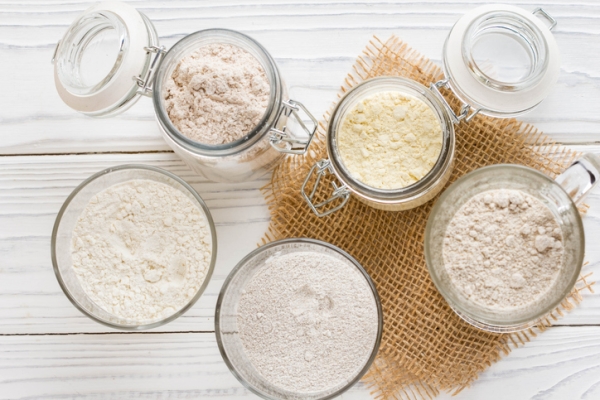Mystery Powders
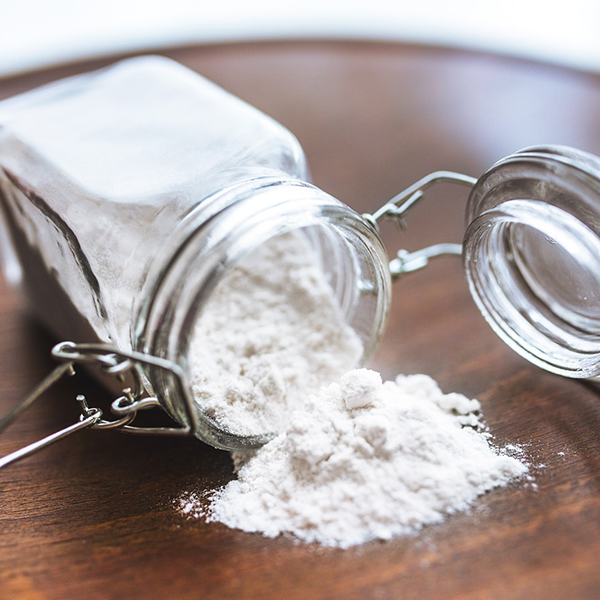
Container of flour (Karolina Grabowska, Pixabay)

Container of flour (Karolina Grabowska, Pixabay)
How does this align with my curriculum?
Curriculum Alignment
NU
2
K-6 Science and Technology Curriculum (NWT, 2004)
Matter and Materials: Properties of Liquids and Solids
ON
2
Science and Technology, Grades 2 (2022)
Strand C. Matter and Energy; Properties of Liquids and Solids
NT
2
K-6 Science and Technology Curriculum (NWT, 2004)
Matter and Materials: Properties of Liquids and Solids
BC
2
Science Grade 2 (June 2016)
Big Idea: Materials can be changed through physical and chemical processes.
BC
K
Science K (June 2016)
Big Idea: Humans interact with matter every day through familiar materials.
NU
1
K-6 Science and Technology Curriculum (NWT, 2004)
Matter and Materials: Characteristics of Objects and Properties of Materials
NU
5
K-6 Science and Technology Curriculum (NWT, 2004)
Matter and Materials: Properties of and Changes in Matter
ON
K
The Kindergarten Program (2016)
13. use the processes and skills of an inquiry stance (i.e., questioning, planning, predicting, observing, and communicating)
PE
K
Science K (June 2016)
Big Idea: Humans interact with matter every day through familiar materials.
YT
2
Science Grade 2 (British Columbia, June 2016)
Big Idea: Materials can be changed through physical and chemical processes.
NT
1
K-6 Science and Technology Curriculum (NWT, 2004)
Matter and Materials: Characteristics of Objects and Properties of Materials
NT
5
K-6 Science and Technology Curriculum (NWT, 2004)
Matter and Materials: Properties of and Changes in Matter
PE
5
Integrated Curriculum Grade 5: Science (Draft 2023)
DK 1.3: Physical and chemical changes can assist us in daily life and improve the world around us.
BC
4
Science Grade 4 (June 2016)
Big Idea: All living things sense and respond to their environment.
YT
4
Science Grade 4 (British Columbia, June 2016)
Big Idea: All living things sense and respond to their environment.
AB
4
Science 4 (2023)
Living Systems: Understandings of the living world, Earth, and space are deepened by investigating natural systems and their interactions.
YT
4
Science Grade 4 (British Columbia, June 2016)
Big Idea: Matter has mass, takes up space, and can change phase.
AB
5
Science 5 (2023)
Scientific Methods: Investigation of the physical world is enhanced through the use of scientific methods that attempt to remove human biases and increase objectivity.
PE
5
Integrated Curriculum Grade 5: Science (Draft 2023)
Inquiry Skills 1.1: Planning our investigations is an important first step in becoming active learners to discover new knowledge.
PE
5
Integrated Curriculum Grade 5: Science (Draft 2023)
IS 1.2: There are important things we need to consider when carrying out a plan to investigate and explore within an inquiry.
